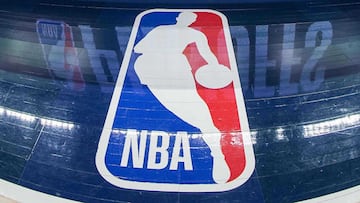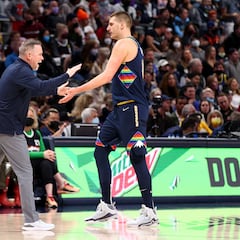What is a buyout in the NBA?
While buyouts and waivers in the NBA are both ways to remove players off a team, there is one big difference between the two

Not all trades in the NBA lead to stories of champions.
Sometimes, players just don’t work out, for various reasons like performing below expectations, or not fitting their timeline in a trade. That’s why teams and players need to split up for the sake of both parties, whether that’s through buyouts or waivers.
Related story:
Is Russell Westbrook signing with the Clippers?
What are NBA buyouts?
A buyout is a mutual agreement between a team and a player to part ways, where the player surrenders an amount of their remaining guaranteed salary in exchange for an opportunity to immediately join another team.
Following buyout negotiations, the team pays the player an agreed-upon amount (lower than the remaining contract value) and releases them from their contract. The player is then allowed to sign with whatever team he chooses after he clears the 48-hour waiver period.
Breaking: Russell Westbrook plans to sign with the Clippers after finalizing a buyout with the Jazz, his agent tells @wojespn. pic.twitter.com/1GmT6wQmnq
— ESPN (@espn) February 20, 2023
NBA: buyouts vs waivers
While waivers are also about getting rid of a player, they are not as mutual as buyouts.
A waiver is a one-sided decision a team takes to cut a player from their roster. There is no negotiation between the player and the team, which works best for teams looking to clear a roster spot as easily as possible.
Related stories
Waiving seems quick and efficient, but also comes at a price. The team waiving the player has to pay the player’s entire remaining salary, which is why we often see players with large contracts bought out instead of waived.
NBA buyout timeline
The NBA’s buyout season unofficially starts once the NBA trade deadline passes. By then, teams are aware of who has and has not been traded, along with what needs they still have to fill.
ESPN Sources: Kevin Love and the Cleveland Cavaliers have completed a contract buyout. The Miami Heat are a frontrunner to sign Love, but he plans to talk to the Philadelphia 76ers before making a decision. pic.twitter.com/9YKux1Svj2
— Adrian Wojnarowski (@wojespn) February 18, 2023


